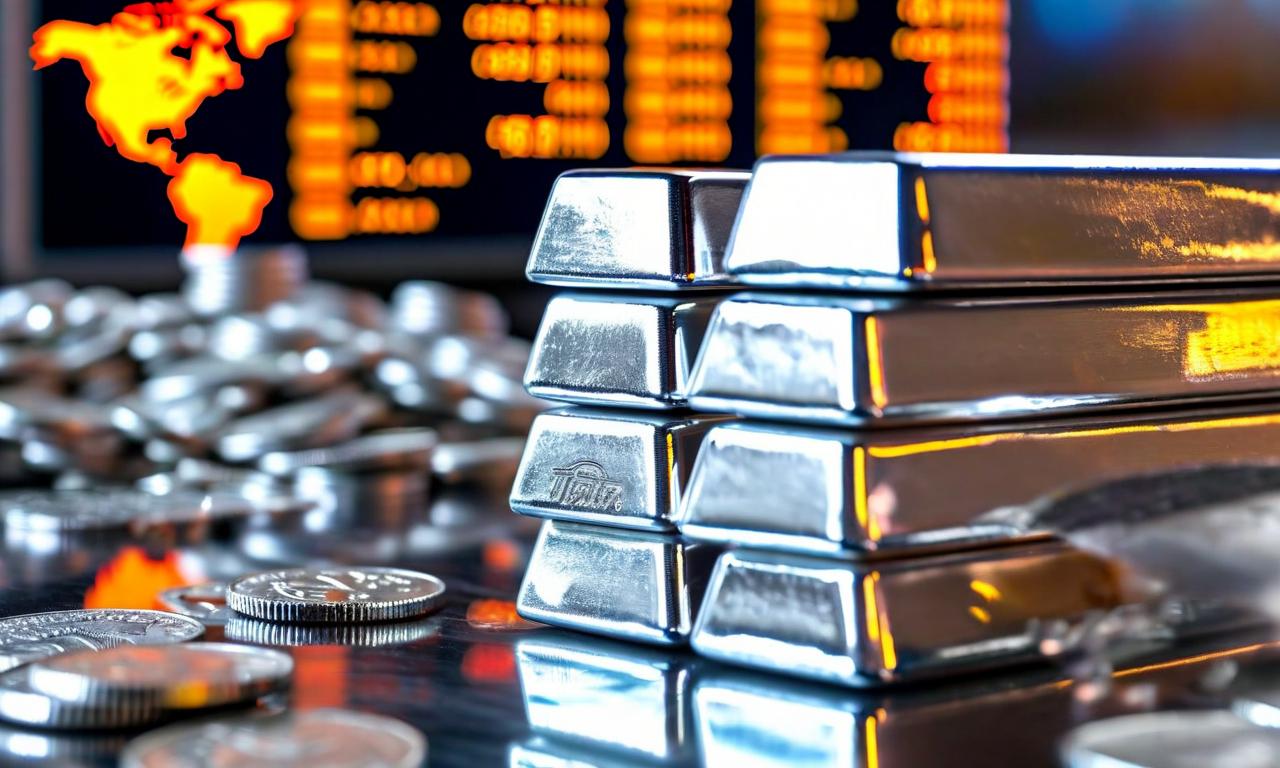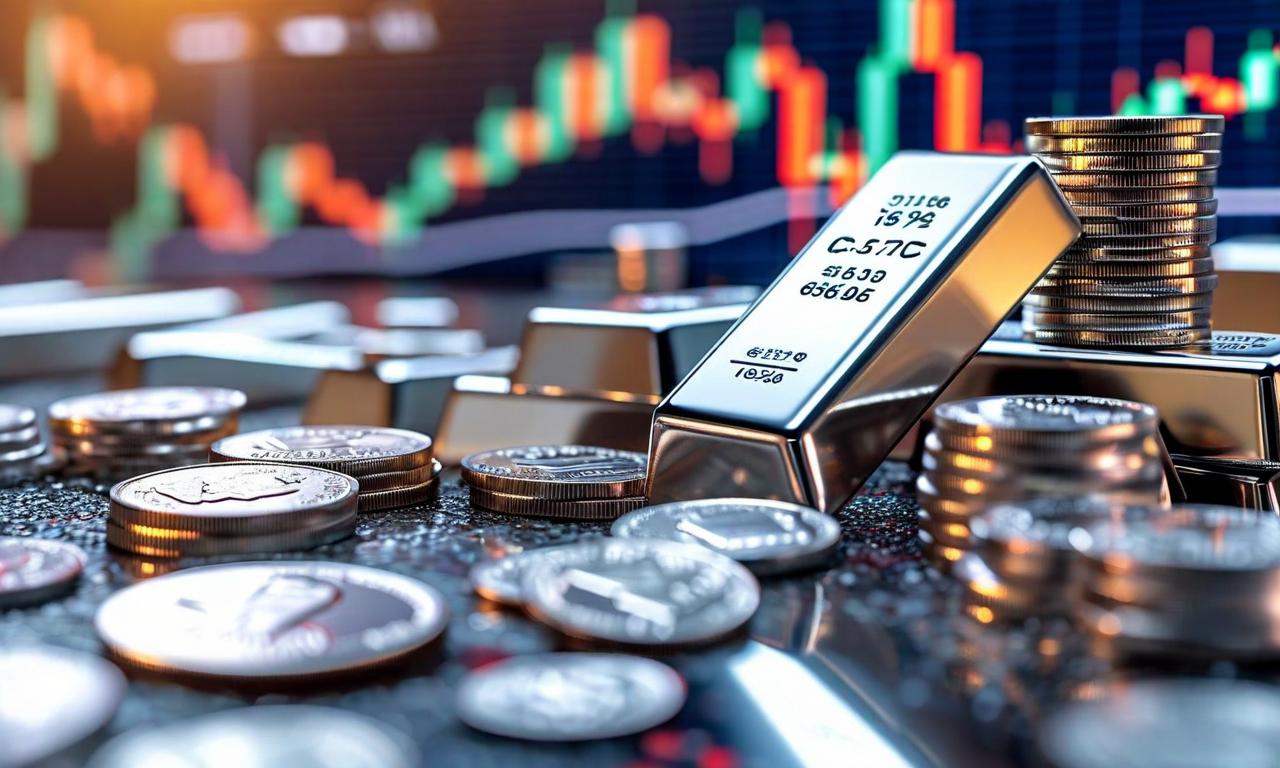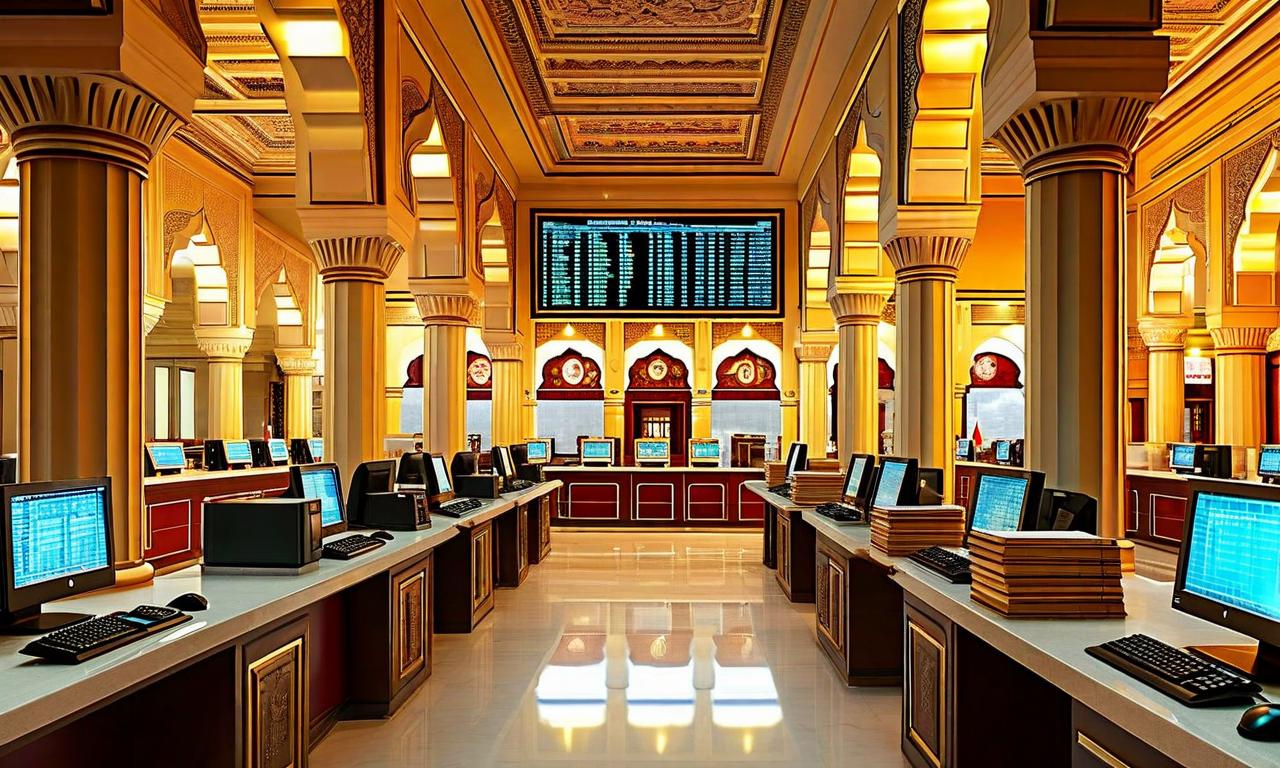Silver ETFs: A Shining Addition to India's Investment Landscape
Silver ETFs, introduced in India in 2022, are SEBI-regulated mutual fund schemes that invest in physical silver or silver-linked instruments. They offer 99.99% pure silver exposure without physical storage requirements, trading on stock exchanges like equities. Tax implications include long-term capital gains tax of 20% with indexation for holdings over 36 months, and short-term gains taxed as per income tax slabs. Investors should consider price volatility, management fees, and market factors before investing.

*this image is generated using AI for illustrative purposes only.
In 2022, India witnessed the introduction of Silver ETFs, offering investors a new avenue to diversify their portfolios. These innovative mutual fund schemes, regulated by SEBI, provide exposure to silver without the hassles of physical storage. Let's delve into the key features, investment process, and tax implications of Silver ETFs.
What Are Silver ETFs?
Silver ETFs are mutual fund schemes that invest in physical silver or silver-linked instruments. These funds track domestic silver prices while accounting for various costs such as storage, insurance, and management fees.
Key Features of Silver ETFs
| Feature | Description |
|---|---|
| Purity | 99.99% pure silver |
| Storage | Held in secure vaults |
| Investor Convenience | No physical storage required |
| Trading | Listed on stock exchanges like equities |
| Benefits | Potential inflation hedge and portfolio diversification |
Investment Process
Investing in Silver ETFs is similar to buying shares. Investors can purchase Silver ETF units through their brokerage accounts, making it a convenient option for those familiar with equity trading.
Tax Implications
Silver ETFs are treated as debt securities for taxation purposes. Here's a breakdown of the tax structure:
| Holding Period | Tax Category | Tax Rate |
|---|---|---|
| Over 36 months | Long-term capital gains | 20% with indexation benefits |
| Up to 36 months | Short-term capital gains | As per individual income tax slab |
Investment Considerations
Before investing in Silver ETFs, consider the following factors:
- Price Volatility: Silver prices can be subject to significant fluctuations.
- Management Fees: These can impact overall returns.
- Market Factors: Global supply-demand dynamics and geopolitical tensions can affect performance.
Conclusion
Silver ETFs offer a unique opportunity for investors to add precious metals to their portfolio without the complexities of physical ownership. As with any investment, it's crucial to understand the associated risks and align them with your financial goals before investing.

























